When you purchase through links on our site, we may earn an affiliate commission.Heres how it works.
We are graced by the presence of Kedar Kondap.
I hope I’m pronouncing that correctly.
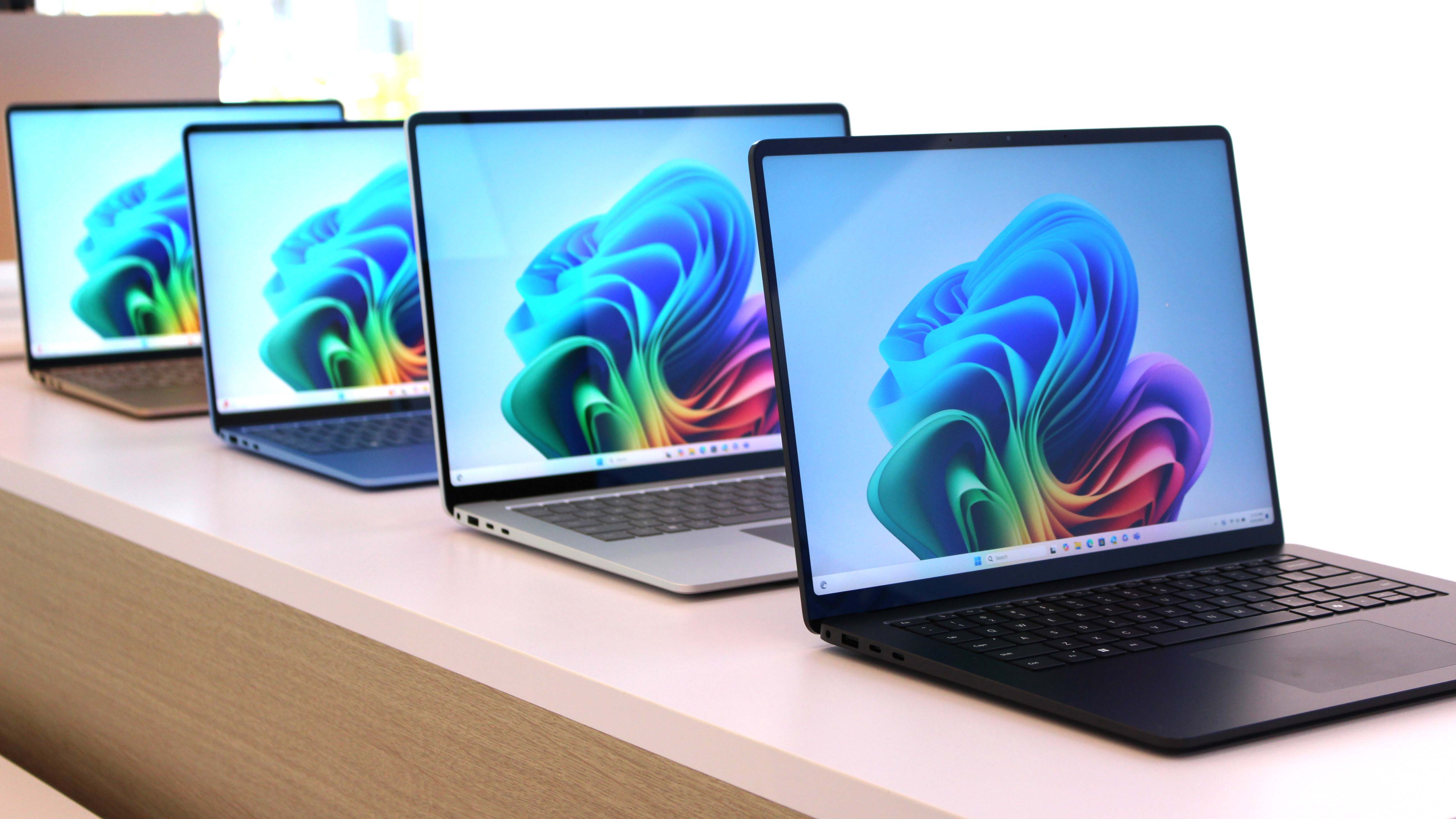
Qualcomm has been teasing this announcement for quite some time now.
And then they came the Snapdragon elite or sorry Snapdragon X branding.
Would you like to give a brief introduction and about what was announced?
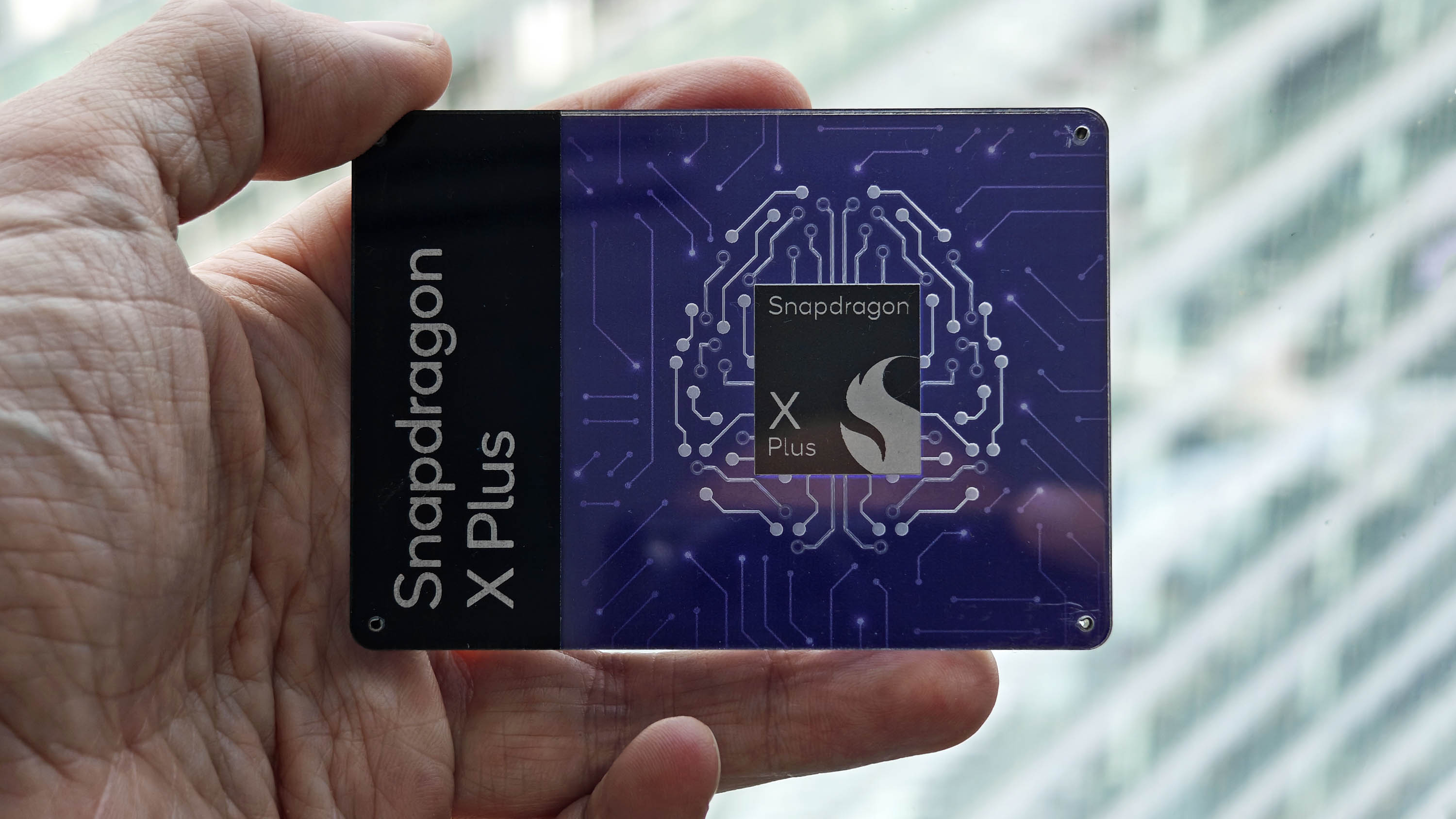
Kedar Kondap:Yes.
Thanks for having me on the show.
Pretty excited to be here.
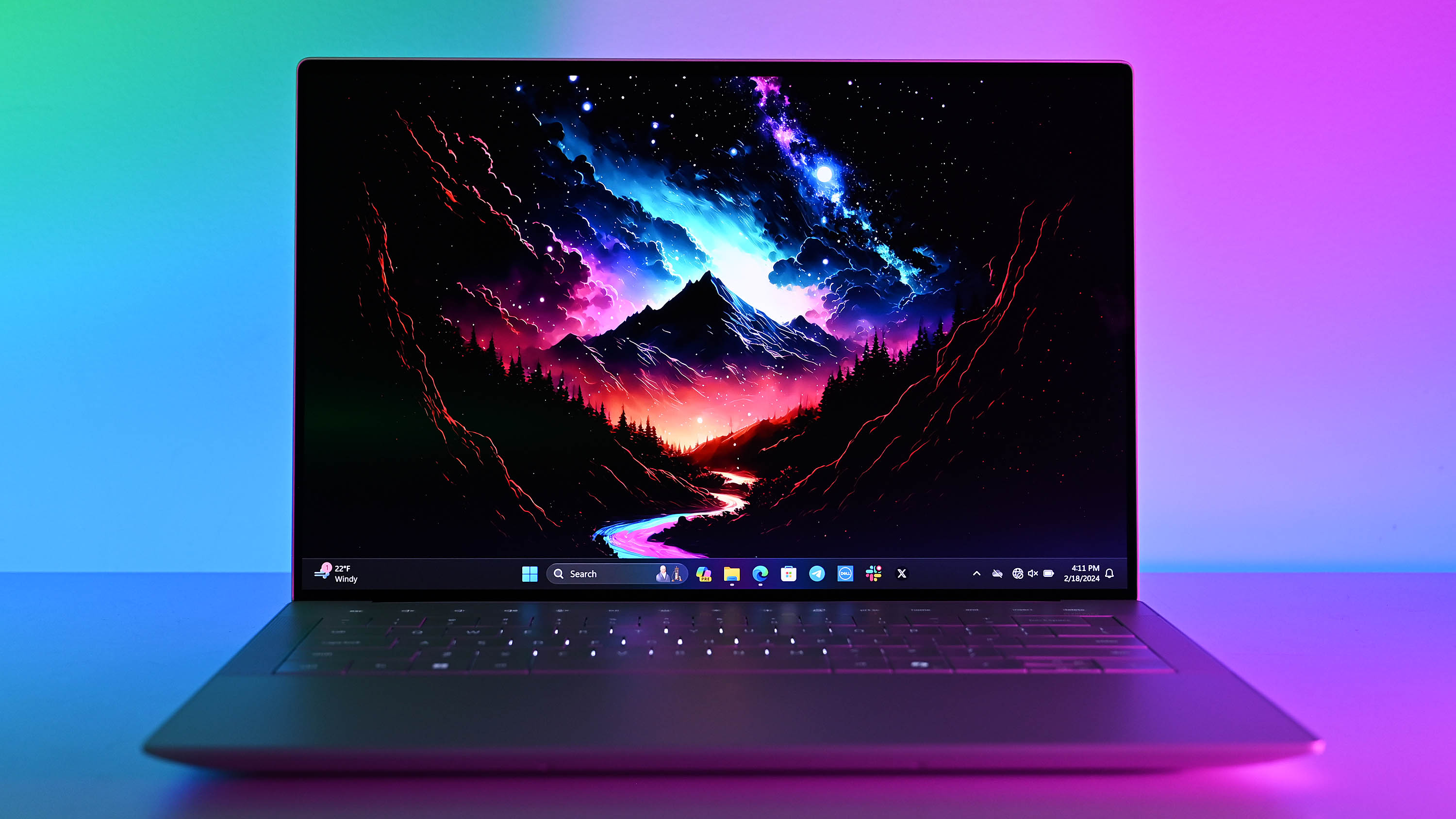
From Qualcomm’s perspective, we’ve been on this journey to transform the PC experience.
We’ve been investing in this for a few years now.
And right now we’re very excited to be bringing.
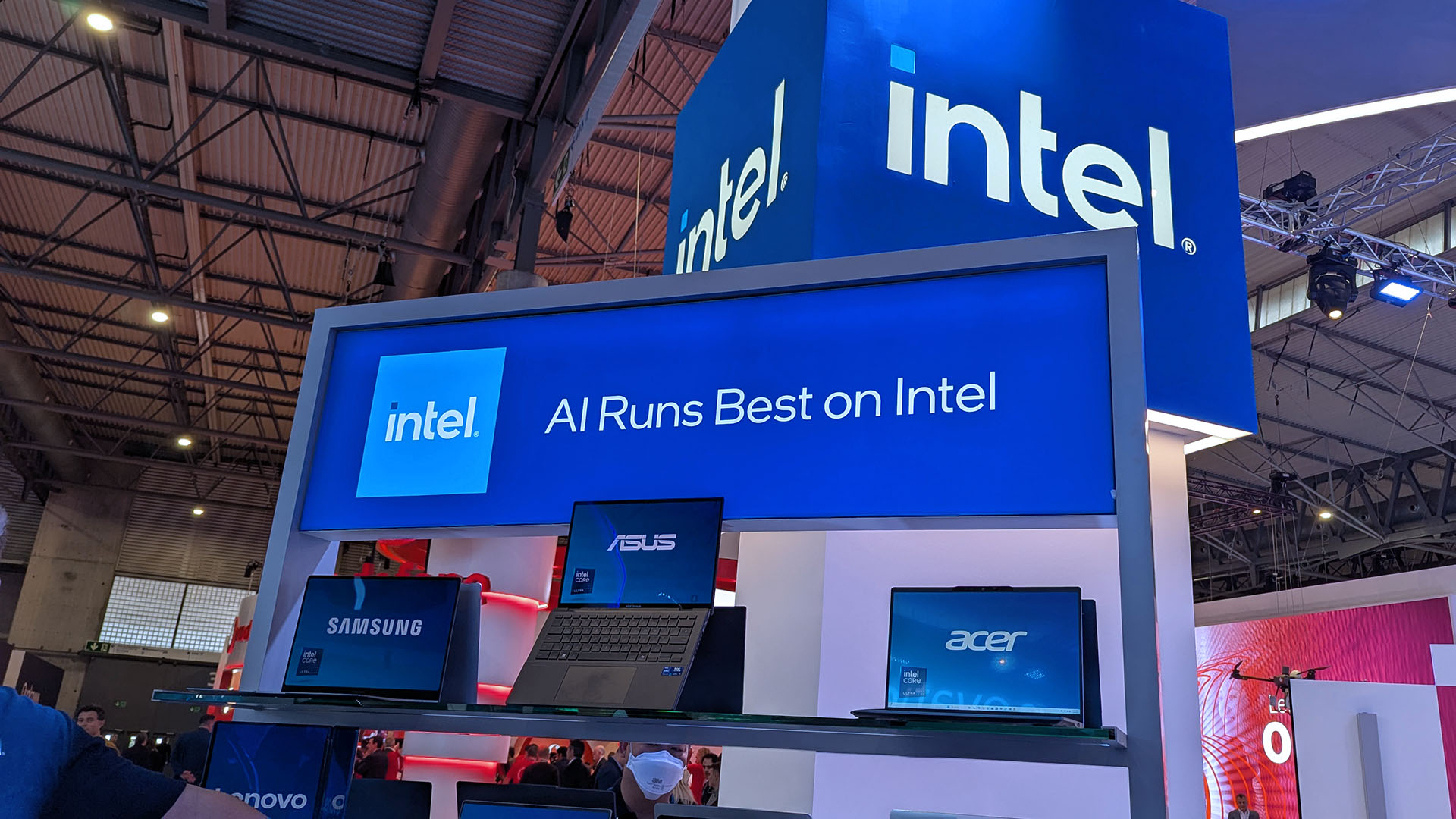
The new platform to market it is called the Snapdragon X Elite platform.
Daniel Rubino:Yeah, so this was definitely exciting.
Sometimes they’re we seed.

Well, sometimes they’re not.
Oh, yeah, would release a machine.
Then the next Gen would be another OEM and kind of go back and forth.
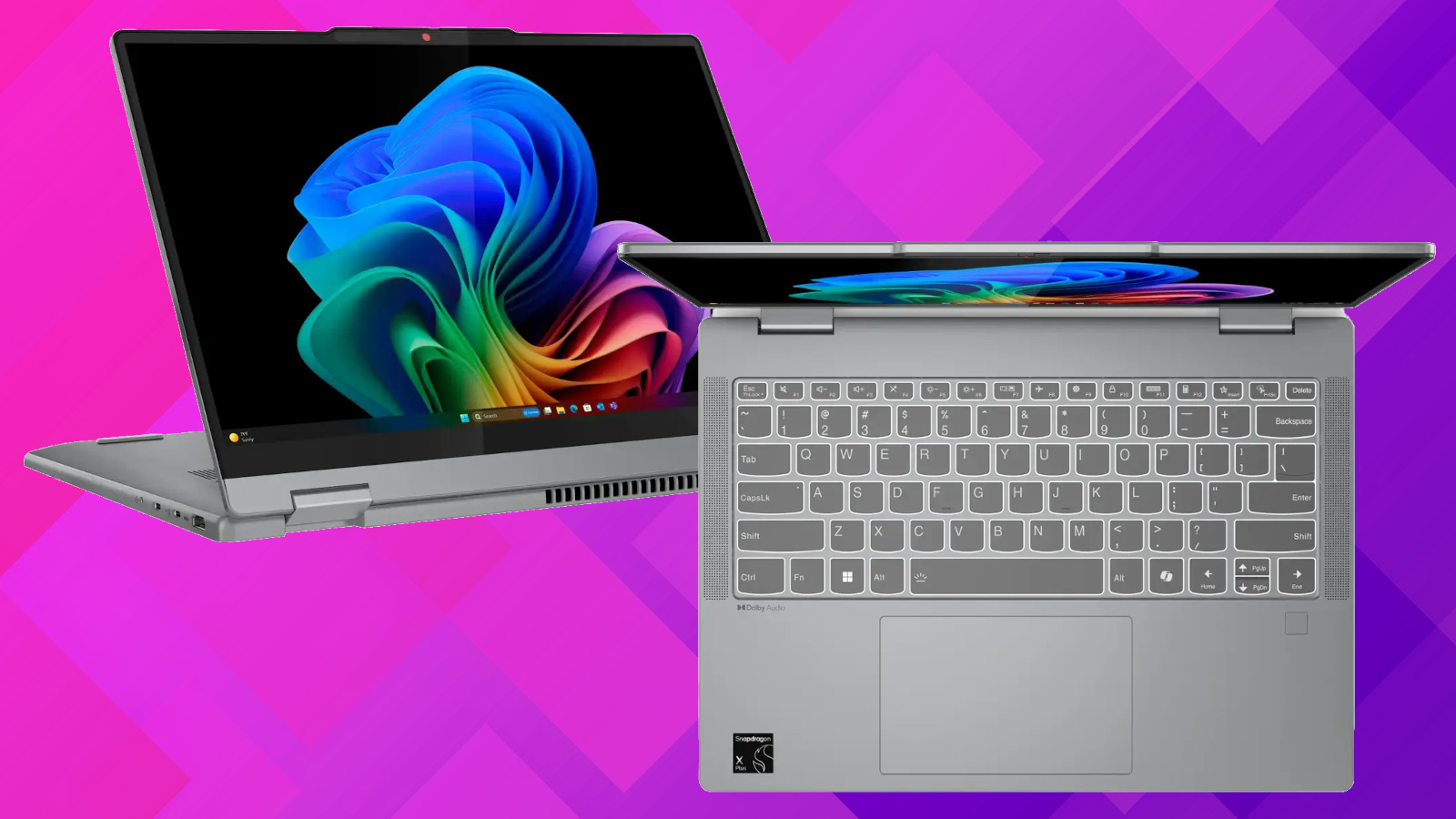
And we’ve had some really killer devices.
You know, the most recent being the Surface Pro 9 5G, which really married the.
You know that that form factor with Microsoft.
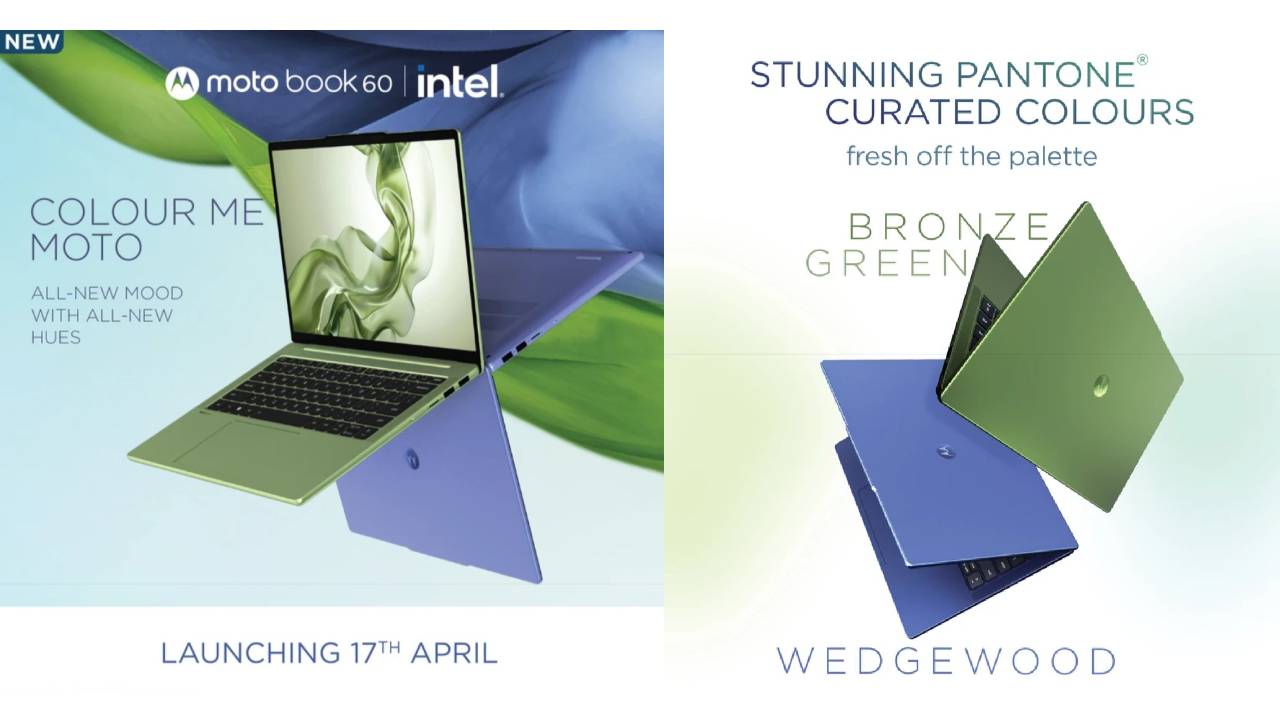
Premium Surface Pro line.
You know right, this is like just a whole different thing now it’s.
And the A series is what evolved into the M series.
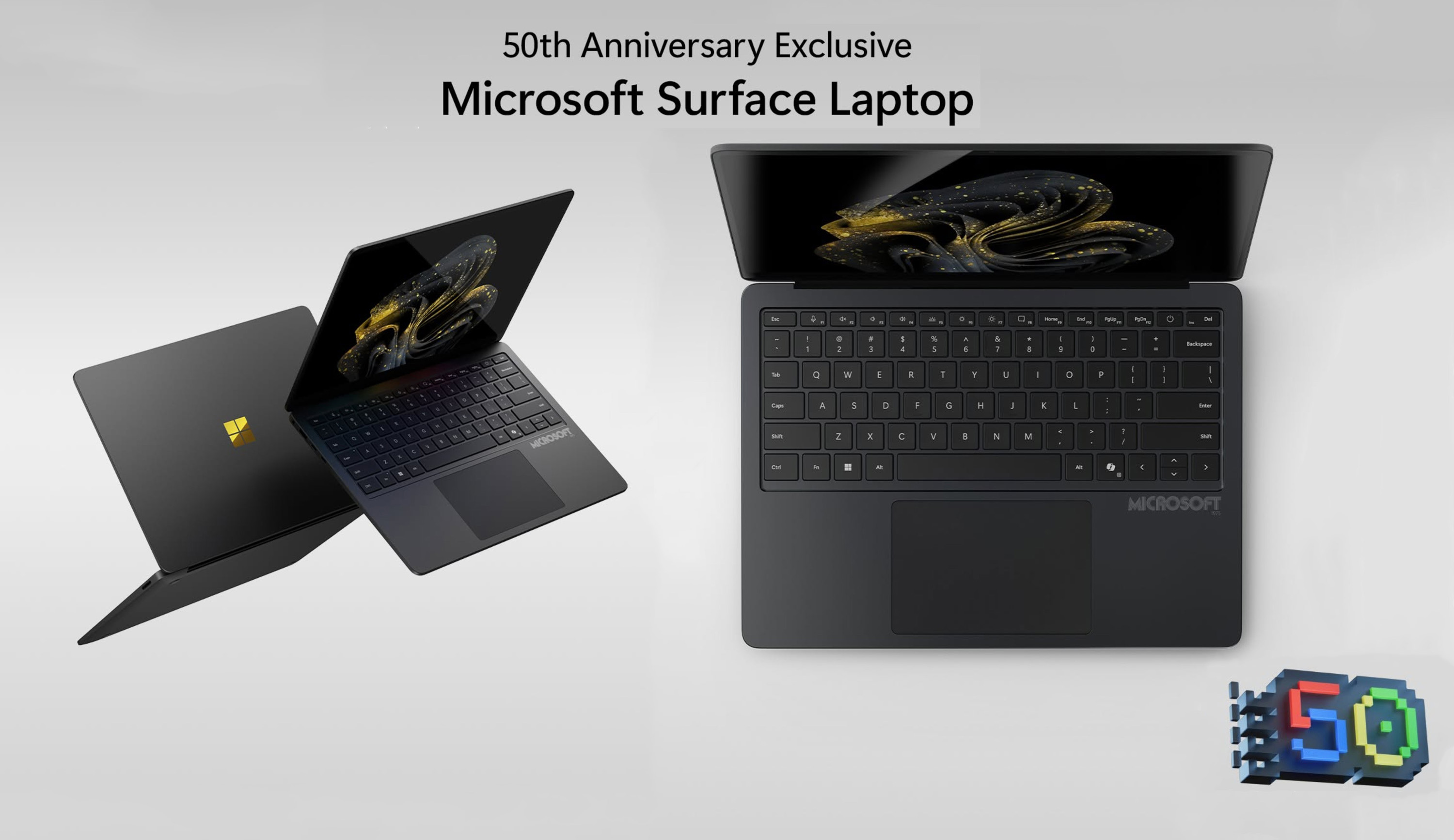
Basically, Apple scaled up this technology.
And got to the M series processor and put those into their laptops and some of their desktops.
And they’ve been going hard at that for a while.
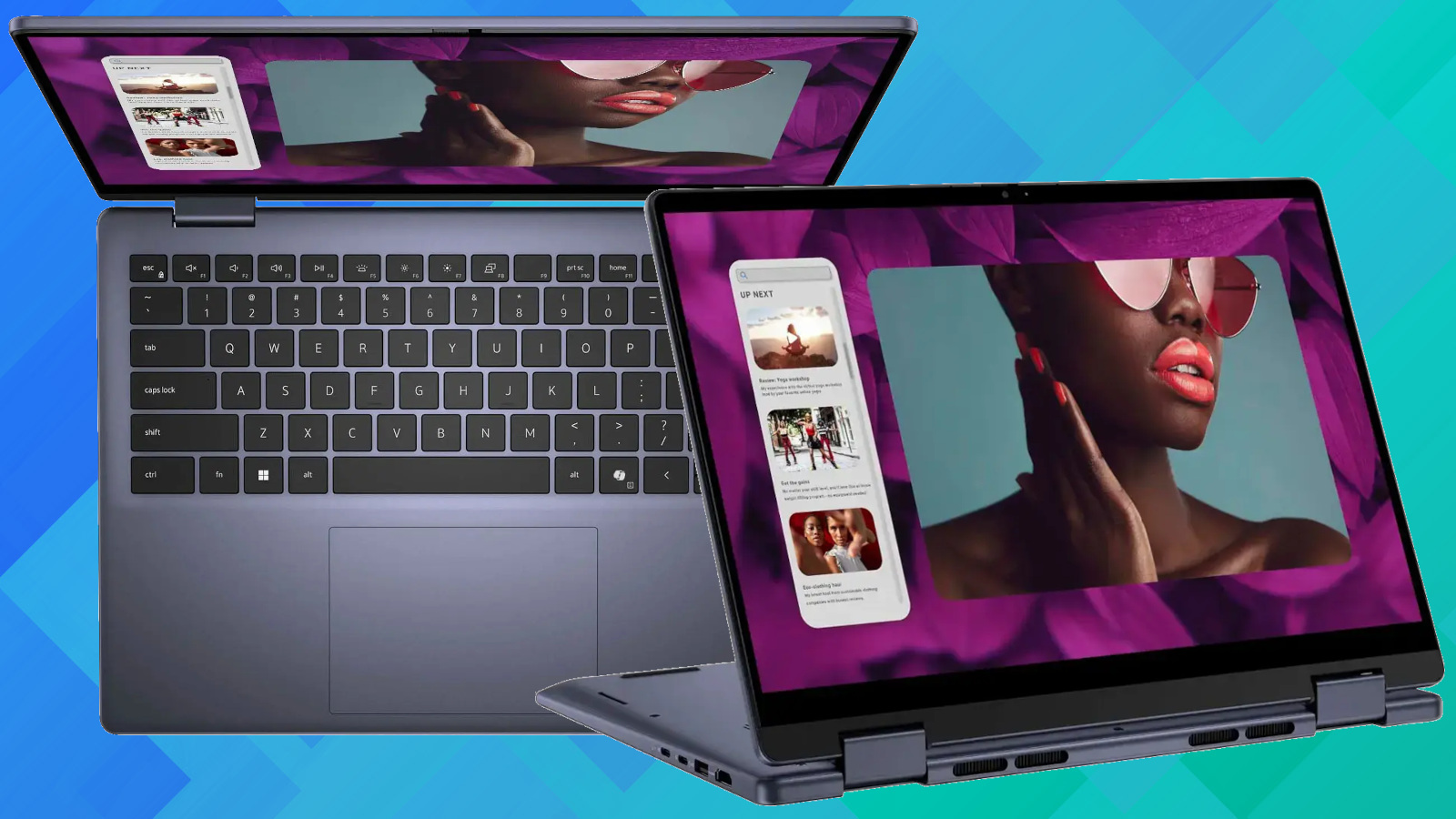
Currently we’re at the M2 line rumours of an MP M3 is coming out.
And Apple has done really well with those chips almost too well, right.
But, you know, they’ve just been so good, which is a nice problem to have.
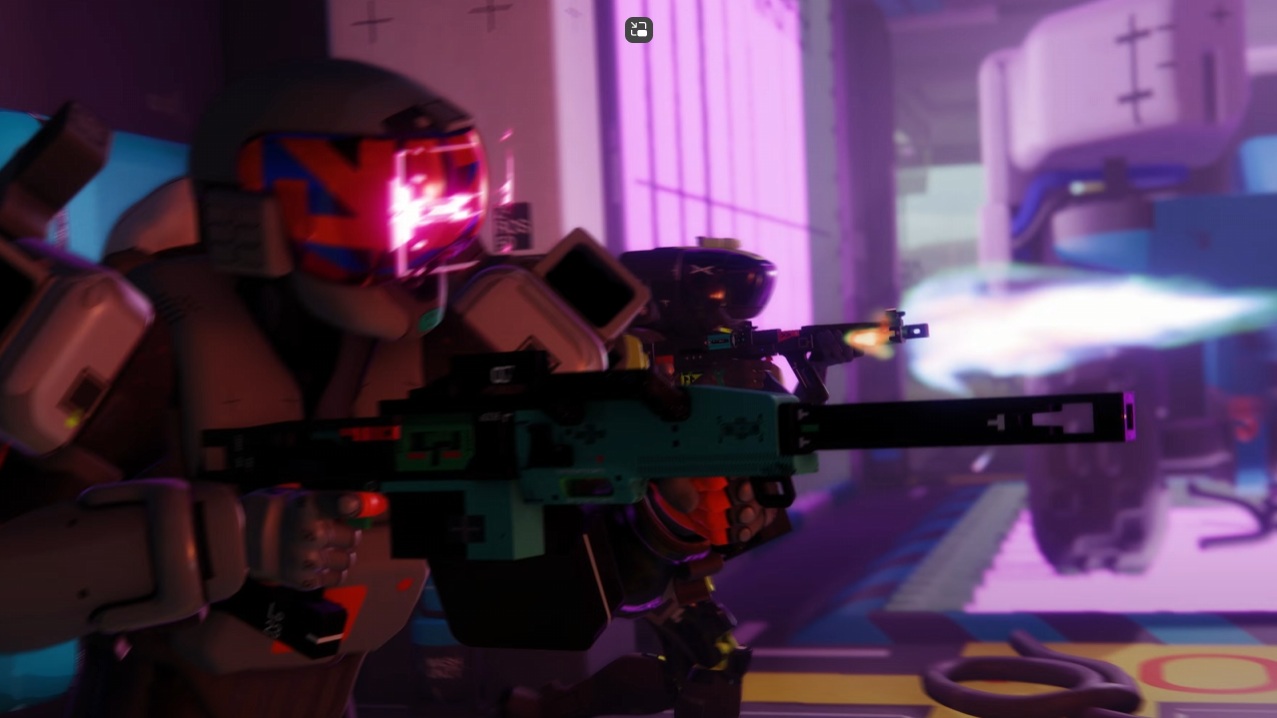
And meanwhile, Microsoft has been kind of, you know, struggling a little bit here.
Intel has had some issues with.
Definitely nailing it on performance, but when it comes to efficiency, have struggled.

I would say AMD is done too.
I know AMD has this Halo reputation of being super efficient.
I haven’t seen it much in laptops.
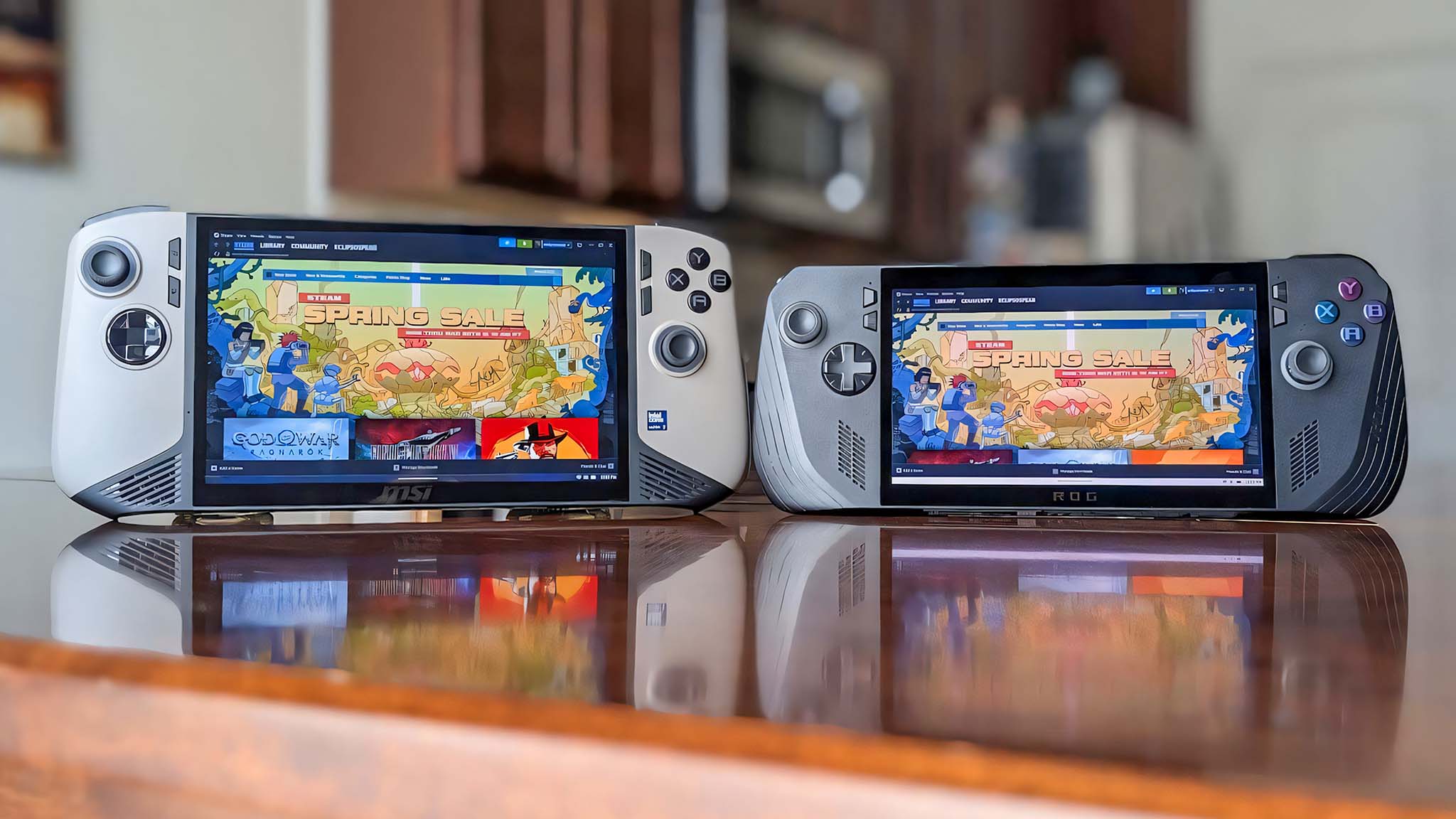
Some of them have been good, but not like, you know, jaw droppingly different.
And you guys seize this opportunity, which I think was received really well because.
There’s a couple, you know, it reaffirmed your commitment to this idea of the PC space.
This is something we’re going hard in.
We’re going to keep going after generation after generation.
And now this one seems like kind of a really big shift in terms of performance.
This is something that consumers haven’t had an opportunity to experience before.
It’s a combination of a lot of things to start with.
When we say game changing performance.
We mean it in every bit and.
Every bit of fashion.
We hit peak performance at you know, a third of the power, right?
So game changing in terms of how you should think of the CPU port.
And so we’re very excited about what the CPU will bring to market.
But it’s more as you know, it’s more than just talking about the.
We’re definitely taking the bar up significantly.
We’re supporting, you know, 45 tops just on the NPU.
We’re talking about efficiencies like even within the NP will support.
We’ve always focused on experiences.
So those were you know we had AI engines, we had an NPU for many years.
We just let technology run itself in the background.
To a very powerful AI engine to delivering the best experiences that the consumer will want.
Daniel Rubino:Yeah, the AI stuff obviously has gotten a lot of press attention lately.
We’ve been covering it pretty hard, too, until just announced with Meteor Lake that.
You know, those chips will ship with an NPU, and of course a laptop.
I don’t know how they did that, but it’s kind of a cool thing.
Than touted as being like much more advanced.
You know, it was kind of creeping along, but now we have this explosion.
So what do you see with the NPU kind of being used for?
We know, like, OK, background blur is 1, noise cancellation is another.
Auto framing is another one.
Kedar Kondap:Great question.
If you separate out AI as a technology.
We work with third party developers, we check that the ecosystem is ready.
So that’s the background that we enable in terms of technology and the foundational.
Work needed to get to the Expo.
It’s going to get used in operations.
So obviously when you know you talked about a manufacturing.
Flow or you talk about operations you want to run stuff more effectively.
You want to run processing on the rig.
People use laptops today for a lot of these functions.
So I think this is just the beginning.
There’s a lot more innovation that’s going to happen in AI and.
We are supporting a huge set of AI performance, right?
In the space today.
And both of those are brute force methods.
They get the job done, but at the expense of using a lot of processing power.
To do it, currently my background is being blurred.
There’s an NPU is going to be much more.
Efficient and purpose driven for its tasks.
Microsoft Teams you have word open.
And I guess the other benefit here is that having NPU’s built into these PC’s by default.
So imagine for photo editing is a big thing.
Obviously Qualcomm has done a lot with photography and video using AI.
That’s a big hot topic right now that I think.
Most people have been.
Speaking of it, let’s talk a little bit about sort of the the architecture here.
So when we talk about the Snapdragon X Elite, you know that.
So you have this after I get X.
That is made-up of, of course, is the Qualcomm Orion CPU, which we touched upon.
There’s the Qualcomm Adreno GPU, which people are should be familiar with.
This is kind of an interesting thing.
I remember doing the briefing was the sensing hub.
This is if I’m correct.
You know human presence detection, which we’ve seen in some other laptops too.
But there was something unique that you guys are doing, which is.
This is always on all the time.
If I’m getting correct, can you explain a little bit?
About how that works.
Kedar Kondap:So you touched on quite a few interesting topics then.
So there is obviously the platform that we enable, we’ve done this in mobile for.
Many, many years.
One of the things you brought up rightfully so is camera.
Experiences that are differentiated.
So we talked a little bit about AI.
So simple things like face unlock or simple things like.
That’s the kind of stuff we do.
So anytime that you’ve got an audio conversation or background, I know audio.
It’s very common phenomena.
So it’s going to be able to.
You know, suppress itself with very low power states running on these blocks.
All of these are dedicated fix function blocks are tightly coupled to drive drive a low power experience.
And it’s everything kind of done for them, basically the the sensing helps there.
Getting to the GPU, I think this is.
Something that’s missed often, which is you, you know, Qualcomm actually has very powerful GPUs.
We see it in their phones.
Kedar Kondap:Yeah.
Yes, it’s a very, very, very capable GPU.
We’ve we have been developing an in House GPU for many years now.
It’s a very, very powerful GPU relative to what it offers.
The industry is huge.
You should expect that the Snapdragon Adreno platform in the X Elite.
Or will perform extremely efficiently for casual gamers.
We’ll show you.
You know, we’re showing a bunch of videos.
So it’s we have the legacy of working with the game.
Developers who are extending that relationship now into PCs.
And what creators can do differently relative to, you know, things that they can support.
But I don’t think I’m suited for that.
Daniel Rubino:Yeah, I I’m not part of the TikTok generation either.
That’s just I’m constantly blown away by the talent of young people.
I’m almost and I’m completely jealous.
It’s fine for me.
So there’s a lot of amazing technology in this.
We’re kind of going through.
I should also mention.
So for the memory you you’re supporting LPDDR 5X which.
Which that’s the top of the line RAM that we’re using currently in laptops.
It’s got a very good up to was 8533 Mt per second for transfer rates for storage.
SD 3.0, UFS, 4.0 and of course, NVMe.
PCI Gen 4 so again Gen 4.
Typically Gen 5 is out there, but no one really supports Gen 5.
Right now, and frankly, I’m getting a.
The generations are getting absurd now with SSD’s.
It’s like literally doubling every generation.
We’re just getting used to the Gen 4, but Gen 4 is extremely fast.
It’s what you find in all of premium.
We see used currently, so that’s going to be very nice.
This is using the four nanometer process node.
And that’s very popular.
It’s going to be more efficient.
And you know should pay off there.
You have a extremely good display support you’ve got the option to support.
I forgot what the how many displays you could support.
Isn’t it like three?
Was it three 4K?
Kedar Kondap:Yeah, three 4K displays, yes.
It is a thing that’s coming out.
Of course 5G will be there.
Who has to travel frequently and work from the back of cabs and airports and everything?
5G always on people always tell me, like just use your phone.
I’m like, yes, it’s possible for you to, but there’s nothing.
Be just opening that lid and you’re just online.
There is no waiting.
There’s no connection.
you might exit the lid.
Oh, I forgot something.
Open it up again.
You’re not training your phone battery.
It’s a different experience.
Not everybody needs it, but for people who do.
It’s a game changer if you’re only using your 5G once in a while.
Yeah, you could tether.
But the I love having the 5G built in.
Yeah, you have the aptx audio built in as well.
So I’ve heard, you know, kind of internally that.
I remember during the presentation there was some quotes that this can be like.
Your competitors 14 core laptop processor which I assume is Intel and.
Maybe to even apples chips?
Kedar Kondap:Yeah, you’re absolutely right, Dan.
So we support 12.
And so very excited about what the performance offers.
Yes, we’re a lot more.
Some of our competitors support.
And as you write.
Correctly highlighted, having a 5G laptop is just game changing right?
It doesn’t matter, right?
You know, at the minute I land, I open my laptop.
It synchronises all of the work you’ve done and off you go.
So yes, it’s.
The standards for 5G is much higher than Wi-Fi, which is susceptible to intercepts.
And so and I think we’ve all been on Wi-Fi networks that seem a little sketchy.
You know people want to use.
So the performance sounds amazing.
Can you speak to, you know what you’re expecting?
And I just want to say I.
That was always my estimate was when we would see this, but I want.
Can you talk about hardware and what you’re expecting from your partners and what users can expect basically?
Kedar Kondap:Then we’re obviously huge excitement from everybody across in the industry on Snapdragon.
Actually, we’ve got it’s a very tight collaboration with Microsoft that we’re working with.
We’re working with many of the OEM partners, almost all the OEM partners you might imagine.
So very excited about how they’re endorsing the platform and that kind of partnership we have with them.
It goes beyond just beyond just the OS partners as well as.
As well as OEMs were you know, the channel partners are excited.
So very exciting, a lot of excitement from channel partners, a lot of excitement from enterprises.
I mean, I’ve talked personally talked to so many of the Fortune 500.
And Fortune 1000 CIOs, a huge amount of excitement.
I mean, these guys can’t wait to bring in these laptops as a part of their.
It has all the modern management of it that it supports.
It has obviously will enable 5G, it enables, it makes their life a lot easy.
So battery life and just how we’re enabling these devices.
Getting their hands on.
One of these PCs.
Daniel Rubino:Awesome.
And you know, we’re just going to start to rely on the Orion CPU’s.
Kedar Kondap:Yeah.
We obviously for us this was game changing enough.
We wanted to double-check that we’re setting an industry standard that hasn’t ever been said before.
We wanted to see to it we’re setting the bar with respect to performance and AI and.
What exactly this is going to do?
Daniel Rubino:Sounds great.
Fit in and that this platform fit right into that.
So I believe that too.
I think this performance is finally going to be what people wanted because it seems like going beyond.
People have expected so should be very exciting.
Is there anything else you want to wrap up with?
Kedar Kondap:Then just all I can say is we’re very excited.
We’re very excited about bringing these platforms to market.
Daniel Rubino:Awesome.
Well, thank you for joining us again, very exciting about excited about this announcement.
And I know our audience as well too and we appreciate your time.
So thank you very much.
Kedar Kondap:Thank you.
Thank you for having me.